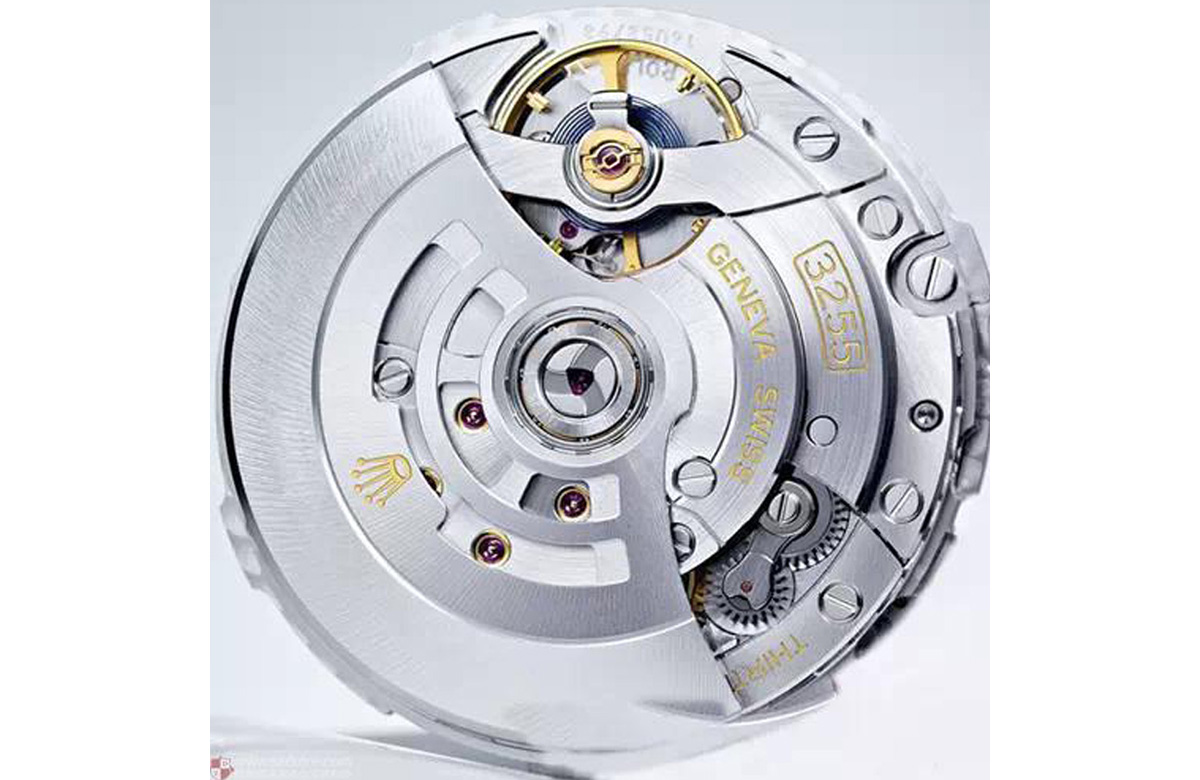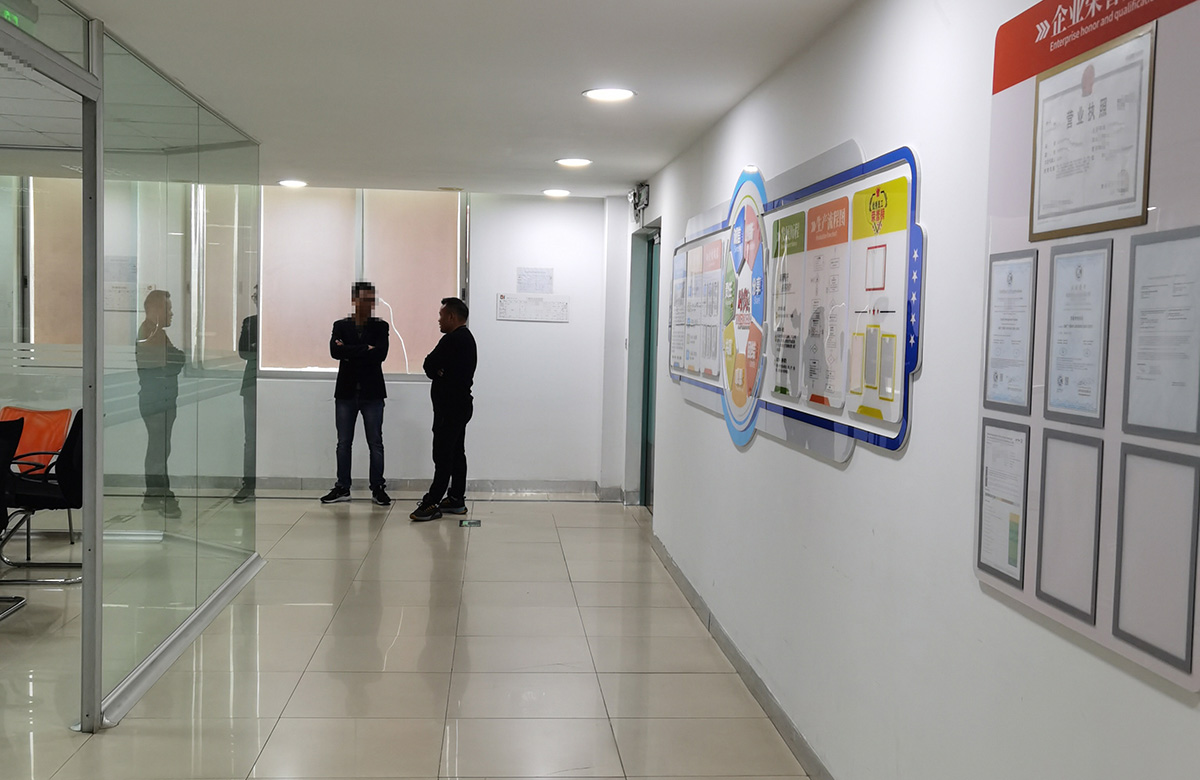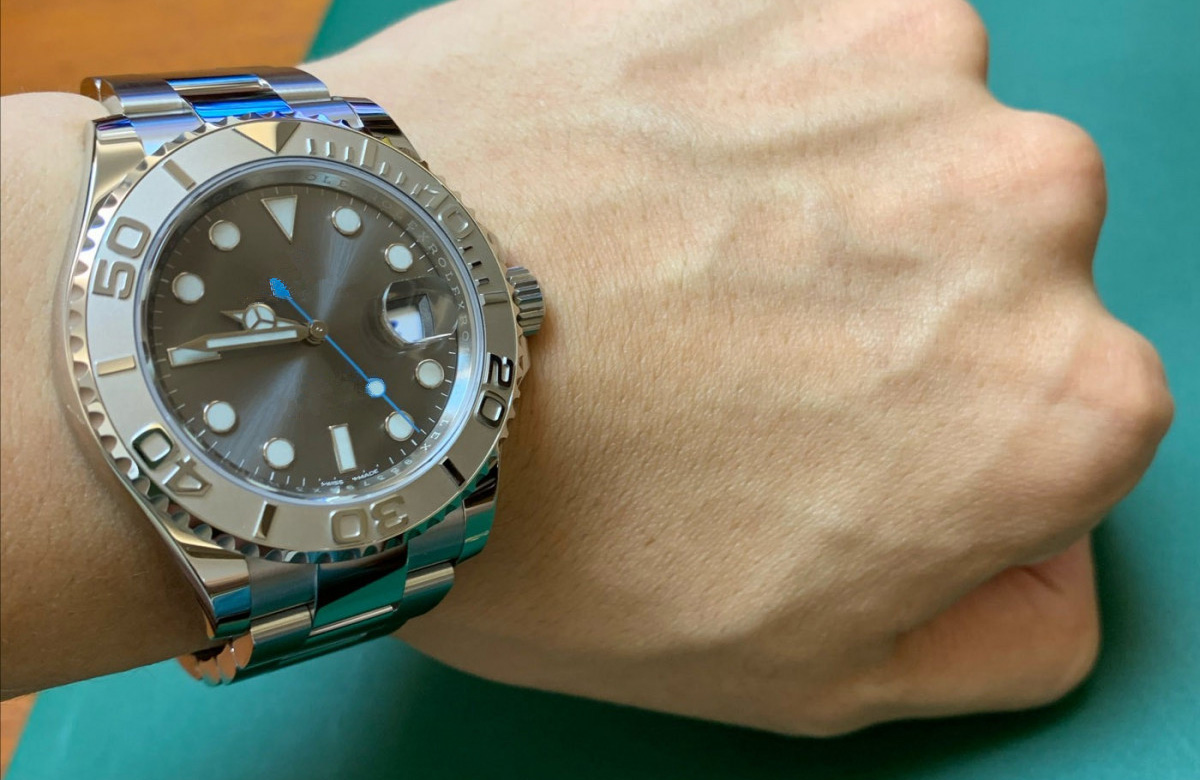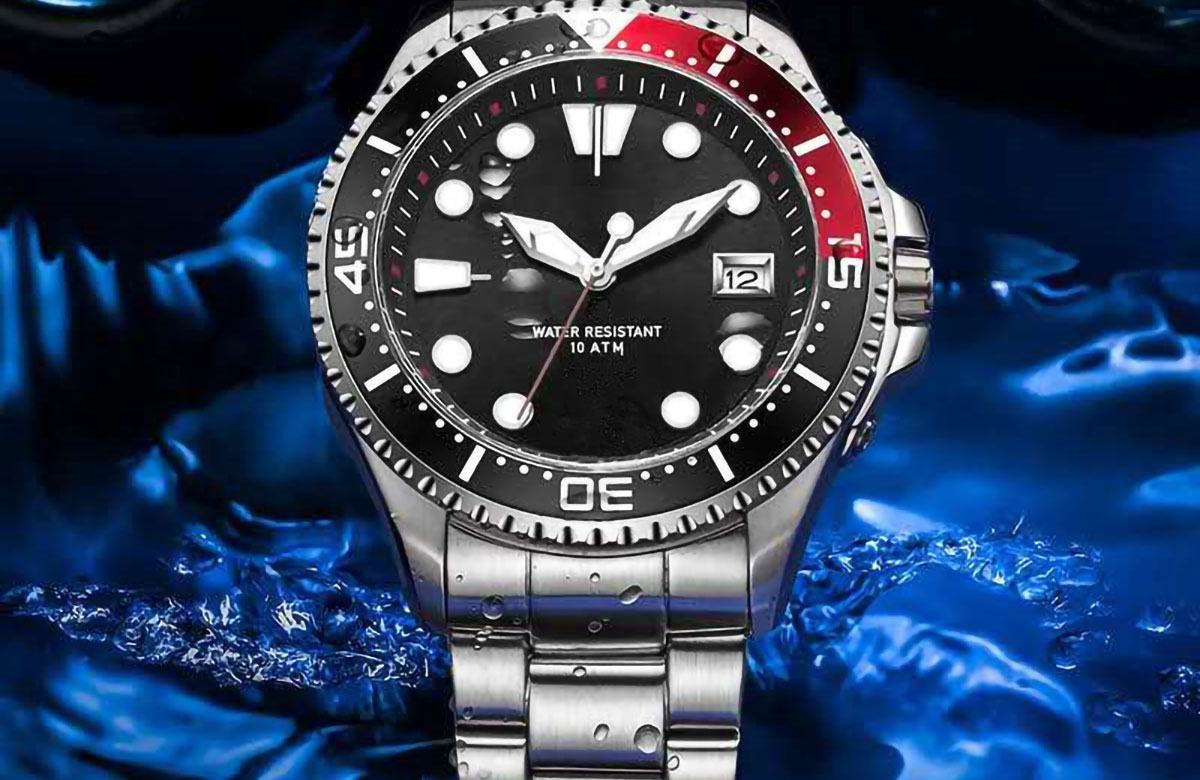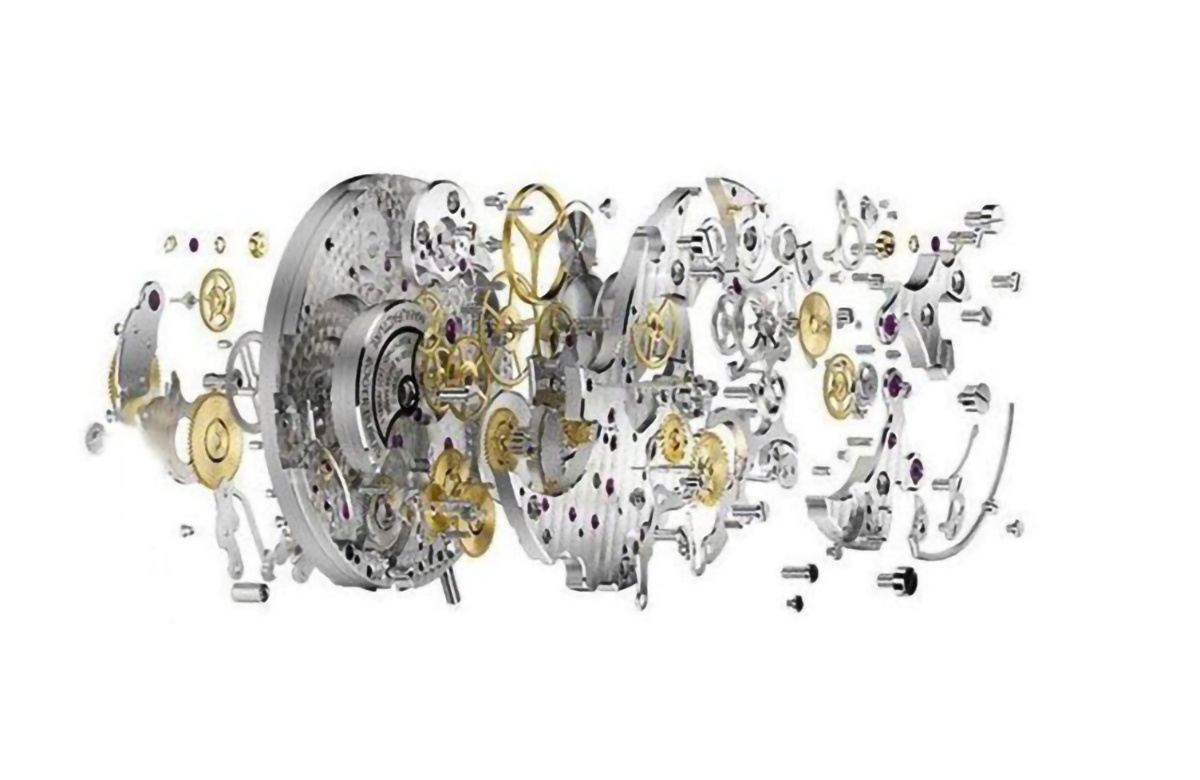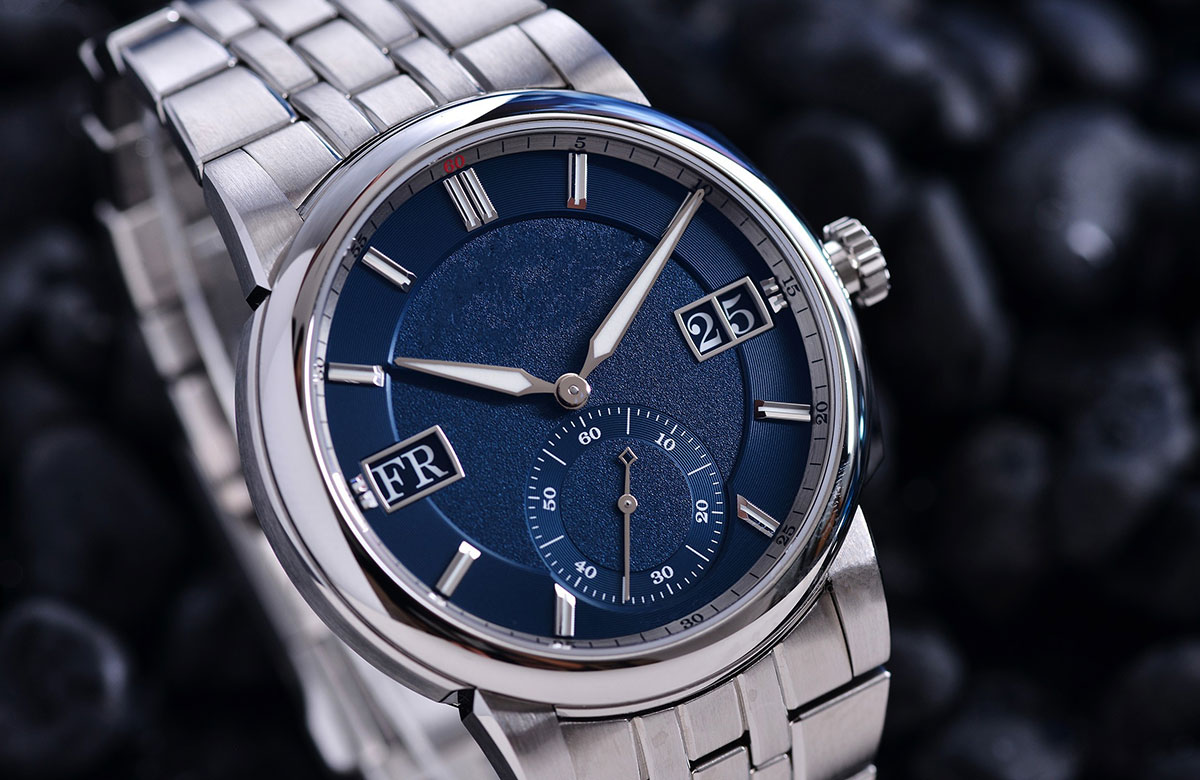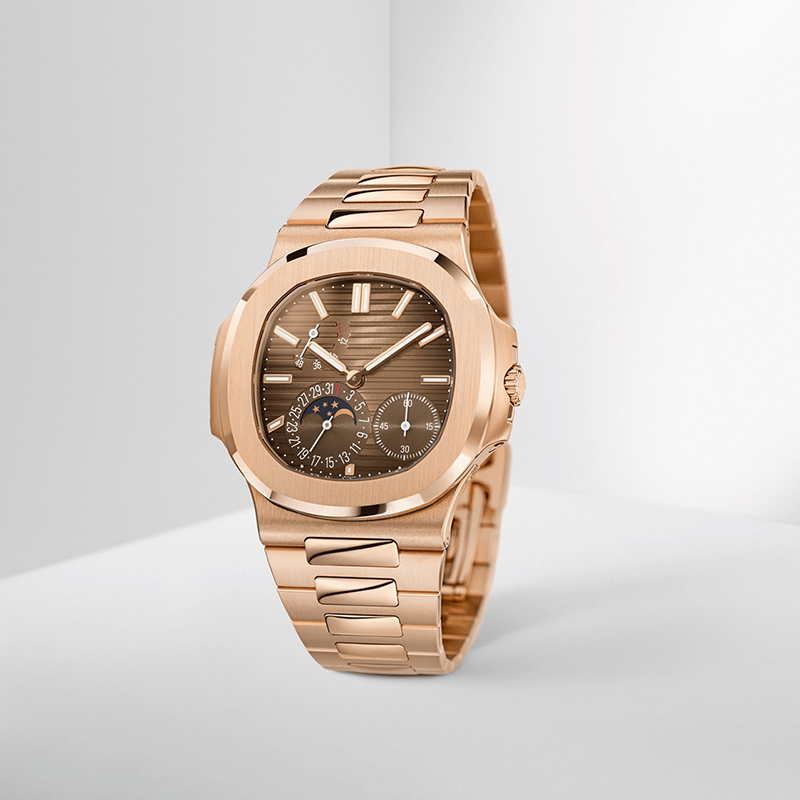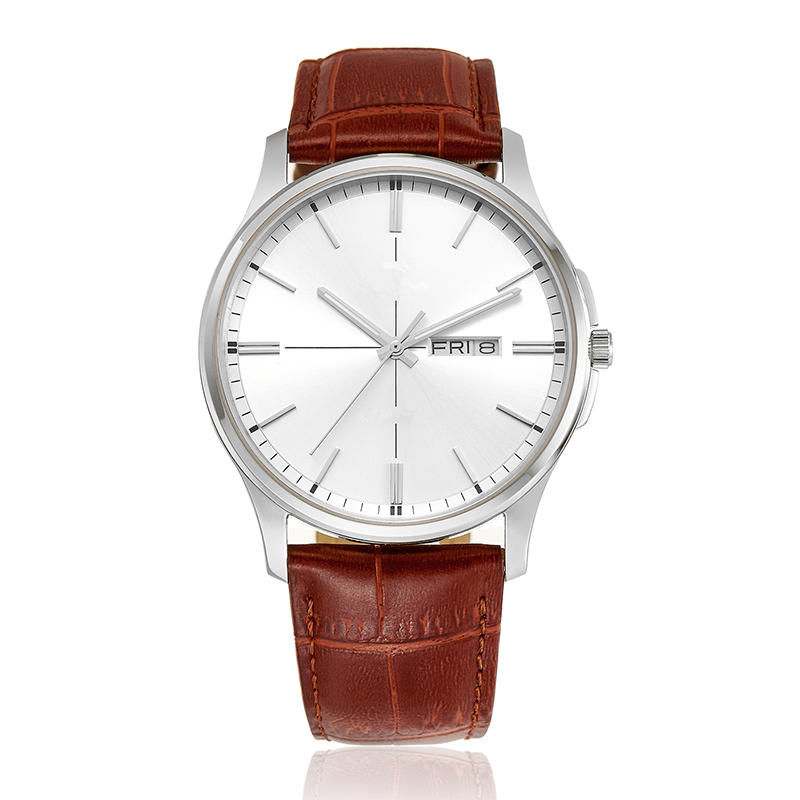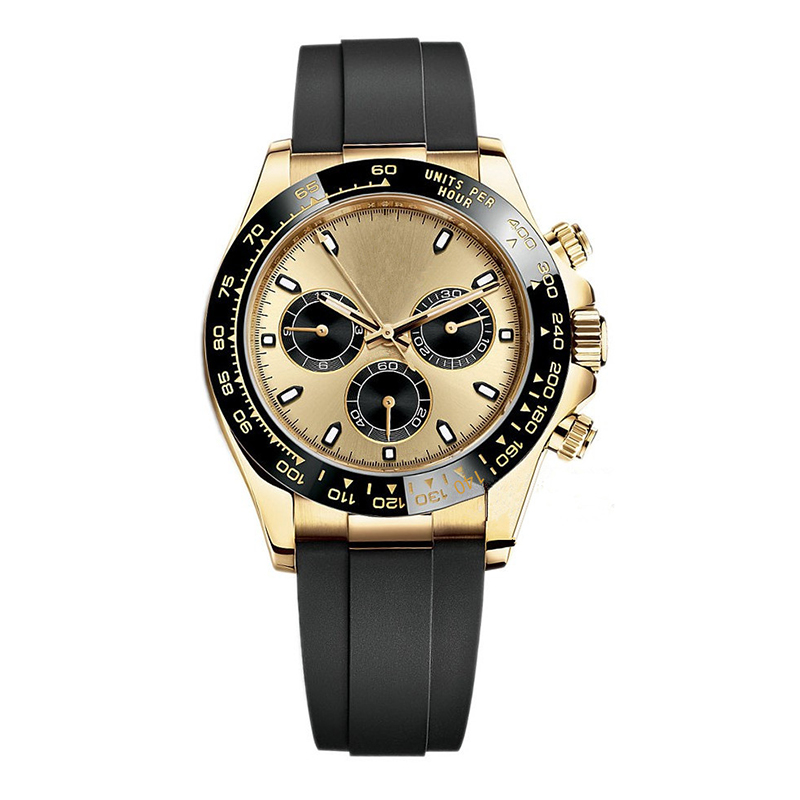Method for identifying the movement of mechanical watches
Throughout the development history of clocks and watches, it can be divided into three stages of evolution: firstly, they gradually separated from the early astronomical timepieces; Secondly, it gradually separated from the early astronomical timers; The third is the development of clocks and watches. Secondly, newspapers have transitioned from large-scale to small-scale; The third is the development of electronics and the utilization of electronic technology. Its long history contains a history of human technology.
Mechanical watch movements are relatively unfamiliar to ordinary people because we usually only care about the appearance of mechanical watches, and we are not very concerned about the internal movements. However, with the purchase of mechanical watches, consumers' own qualities have also become higher and higher, and they are increasingly interested in the mysteries of the internal movements of mechanical watches. The desire to understand watches is very strong. In order to popularize this knowledge, I will teach you how to identify the internal structure and quality of mechanical watch movements in six steps:
Working principle diagram of mechanical watch movement
Step 1: When you receive an action, just like someone you haven't met before, look at the person's appearance first, and then at their appearance to preliminarily judge their quality and taste. The same applies to the initial feeling of the movement. First, look at its appearance, and then carefully examine the interior of the movement to see if each internal clamp and transmission component is finely processed and if the decorative lines are clear. It is symmetrical, so from the appearance, it can be determined whether this movement is fine or not, so that the degree of precision in its design and processing can be seen. On the contrary, it will result in rough, even distorted, and ugly appearance of products with poor quality. Sports performance is also well known
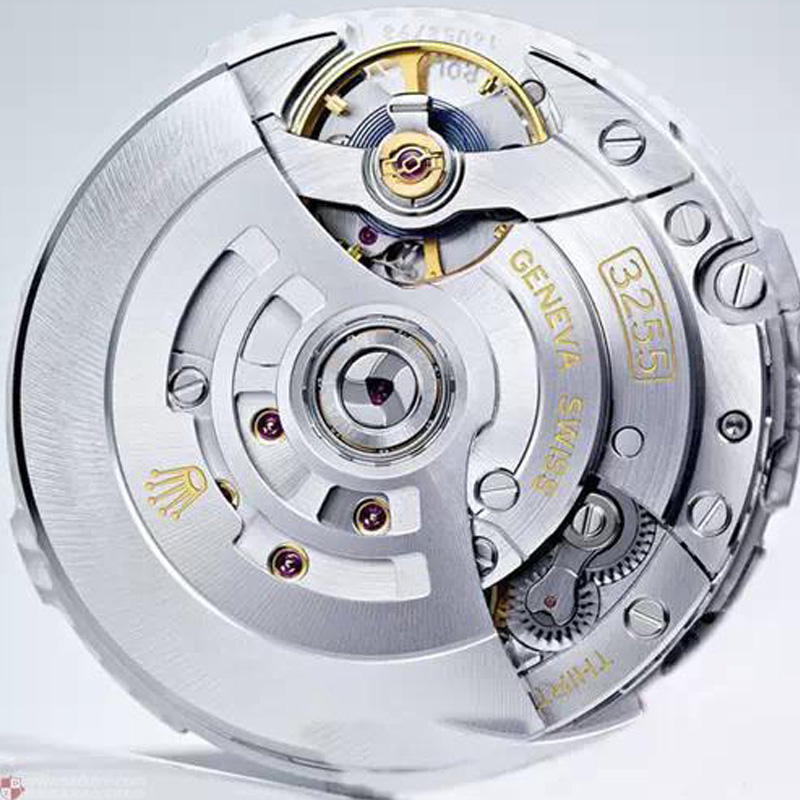
Step 2: At this point, the movement is out of the alignment state, and the handle shaft can be turned to string the movement. At the same time, observe the cycloidal hairspring system and escapement mechanism. When the Swiss movement is turned up three times (usually one turn), the cycloidal hairspring system and escapement mechanism start to start and operate. This step is to test the starting performance of the speed control mechanism. If it cannot start normally or is delayed, it indicates that there is a defect in the movement of the speed control system, especially in the escape part, which may be abnormal. A professional watch repairman is needed to handle and stop the movement state.
Step 3: If the pendulum system and escapement mechanism can start normally, you can continue to rotate the handle shaft to drive the chain up system. At this time, it is particularly important to pay attention to the following aspects: 1. Your chain up comfort should not feel very struggling or unbalanced. 2. Pay attention to the even sound during the entanglement, and there should be no sound of eating teeth. 3. The number of turns should not be too many, preferably around 20 turns. This step is to test the impact of line movement on performance.
Step 4: If your action is in the third gear, pull out the handle shaft to the second gear, and then pay attention to pulling out the handle shaft to the second gear. The gear must be clear in order to be clearly felt in place, and then turn the tool bar to add speed dial function. Generally, the functions of the perpetual calendar and the perpetual calendar are set up, and the key area to be tested is the quick teeth in the calendar ring or weekly calendar wheel, each tooth should have a rhythmic beat. If it is a big mouth, it means there is no sense of rhythm, indicating that there is a problem with the movement of the additional part and it needs to be focused on.
Step 5: Pull out the handle shaft to the third gear, and when turning the handle, move the shaft. The points to note for the minute hand at this time are similar to the strings used during testing, and the feel is still good. However, it is even more important to note that when two fingers overlap to the 12 o'clock position, they must point towards the middle and not deviate, otherwise the display time will have errors. In addition, if you are interested, you can continue to rotate the handle shaft, allowing the hour and minute hands to continue to rotate after 24 hours. Note that the calendar ring will jump once, which is to examine the actual operation of the calendar, rather than its fast state.
Step 6: If your movement is equipped with an automatic mechanism, the simplest way to test its performance is to pay attention to the natural droop position in the automatic state, and then move the movement vertically. If you always keep this direction unchanged, the automatic wheel performance is very flexible. If the automatic wheel cannot maintain the same position, there may be resistance in the automatic wheel line section, and it is necessary to focus on checking this part of the wheel.
(TIPS: The so-called third gear means that the first gear is the last gear, the second gear is the additional function gear, and the third gear is the adjustment time gear. The so-called second gear means that there is no additional function adjustment gear in the second gear, only the other two stalls.)
At this point, the recognition process of a movement is basically completed, because the structure of the mechanical watch movement is the same. However, based on the differences in the early functional design of the movement, the overall layout of the movement in the later stage will be tailored to local conditions. With the increase of structural complexity, the complexity of the movement itself will increase, and the probability of problems in various parts of the mechanical structure will also increase.




